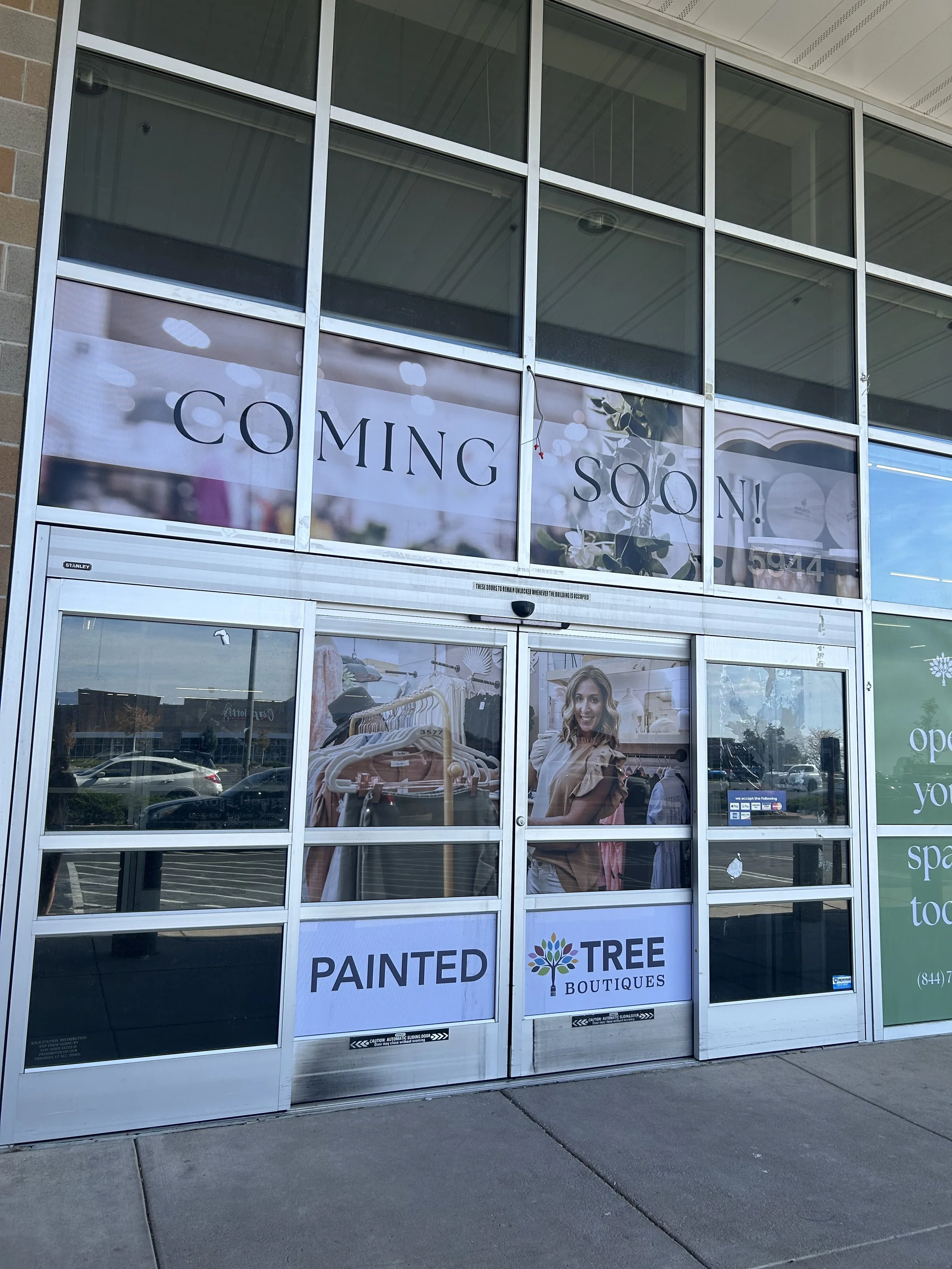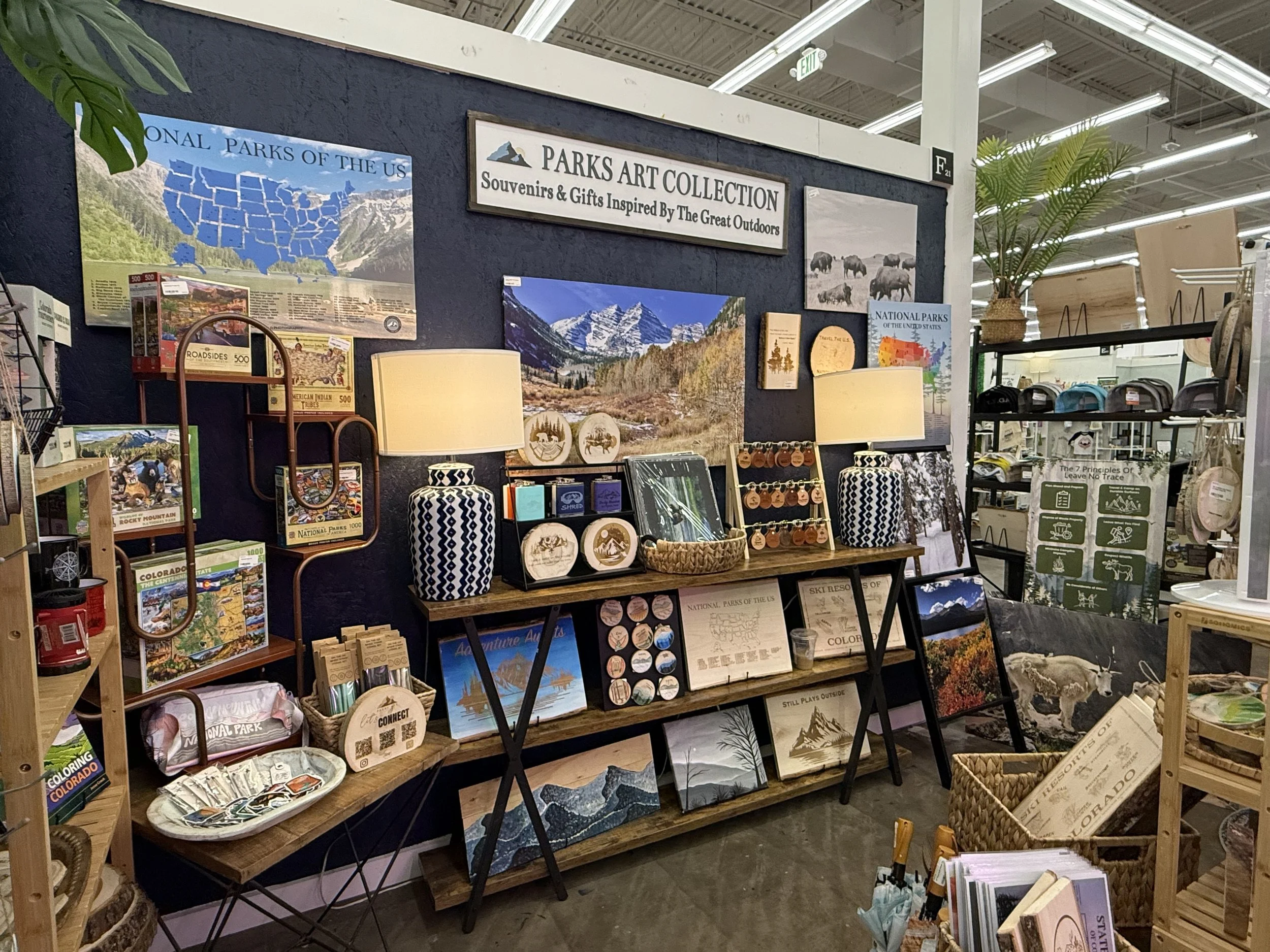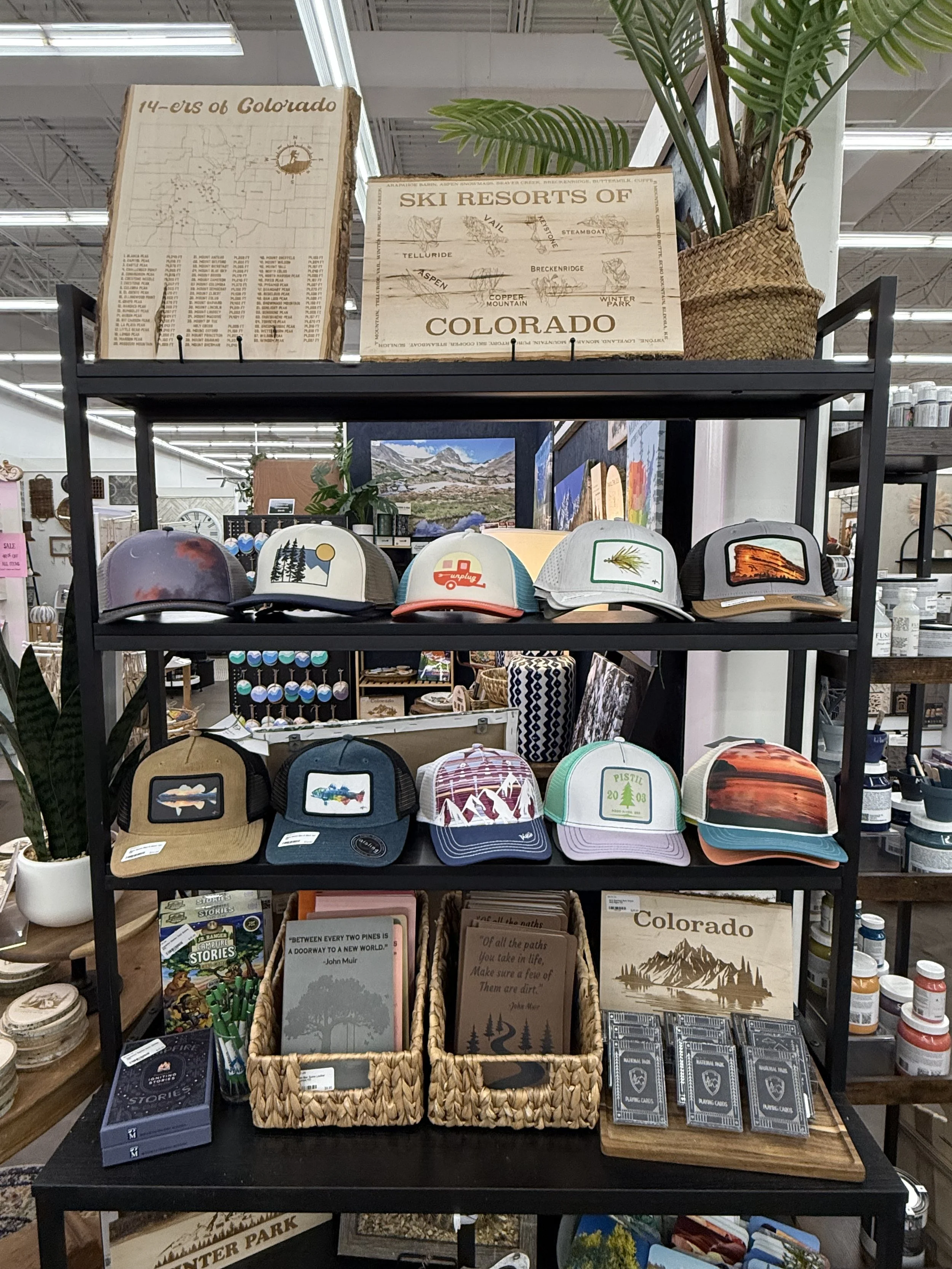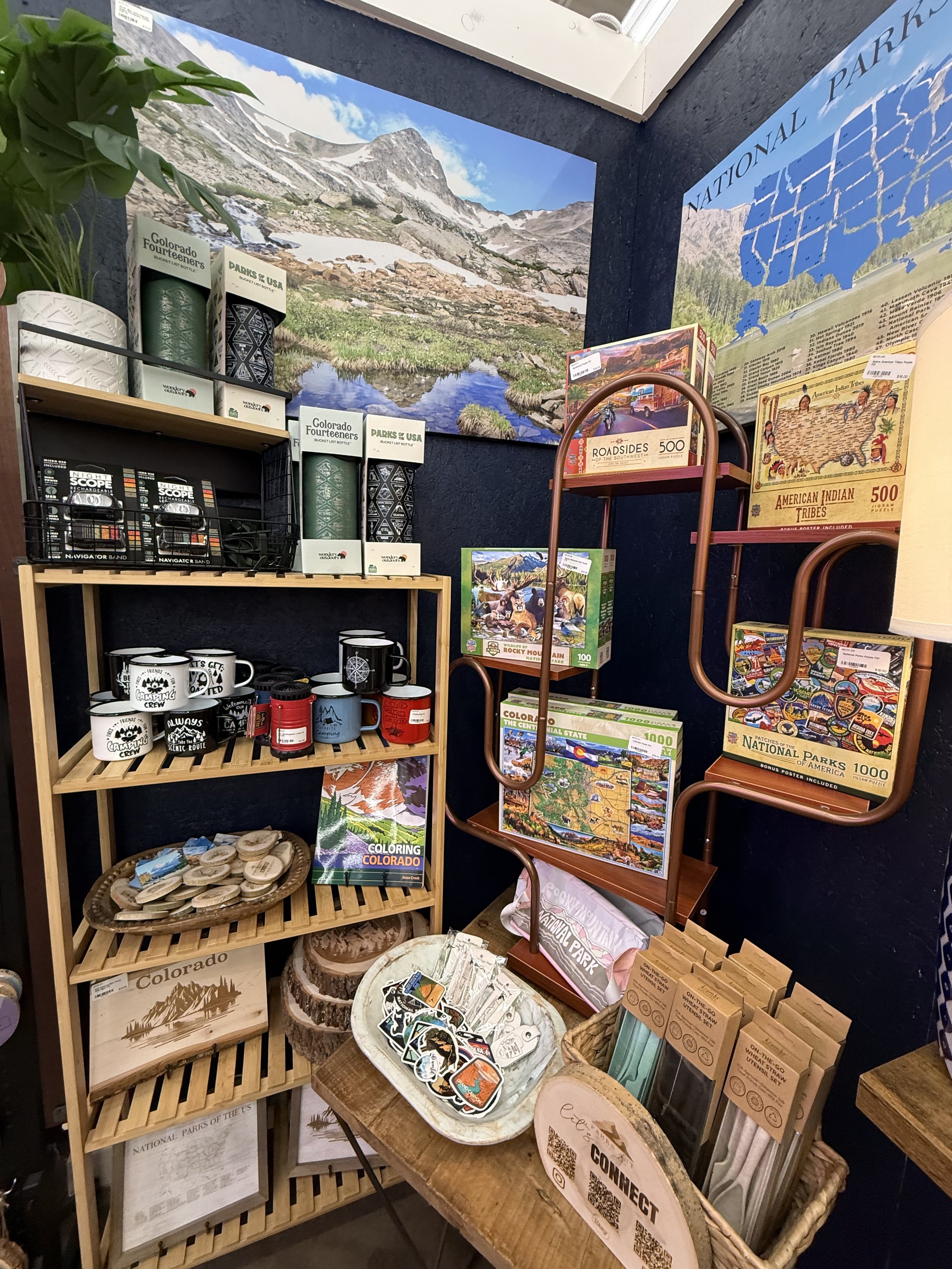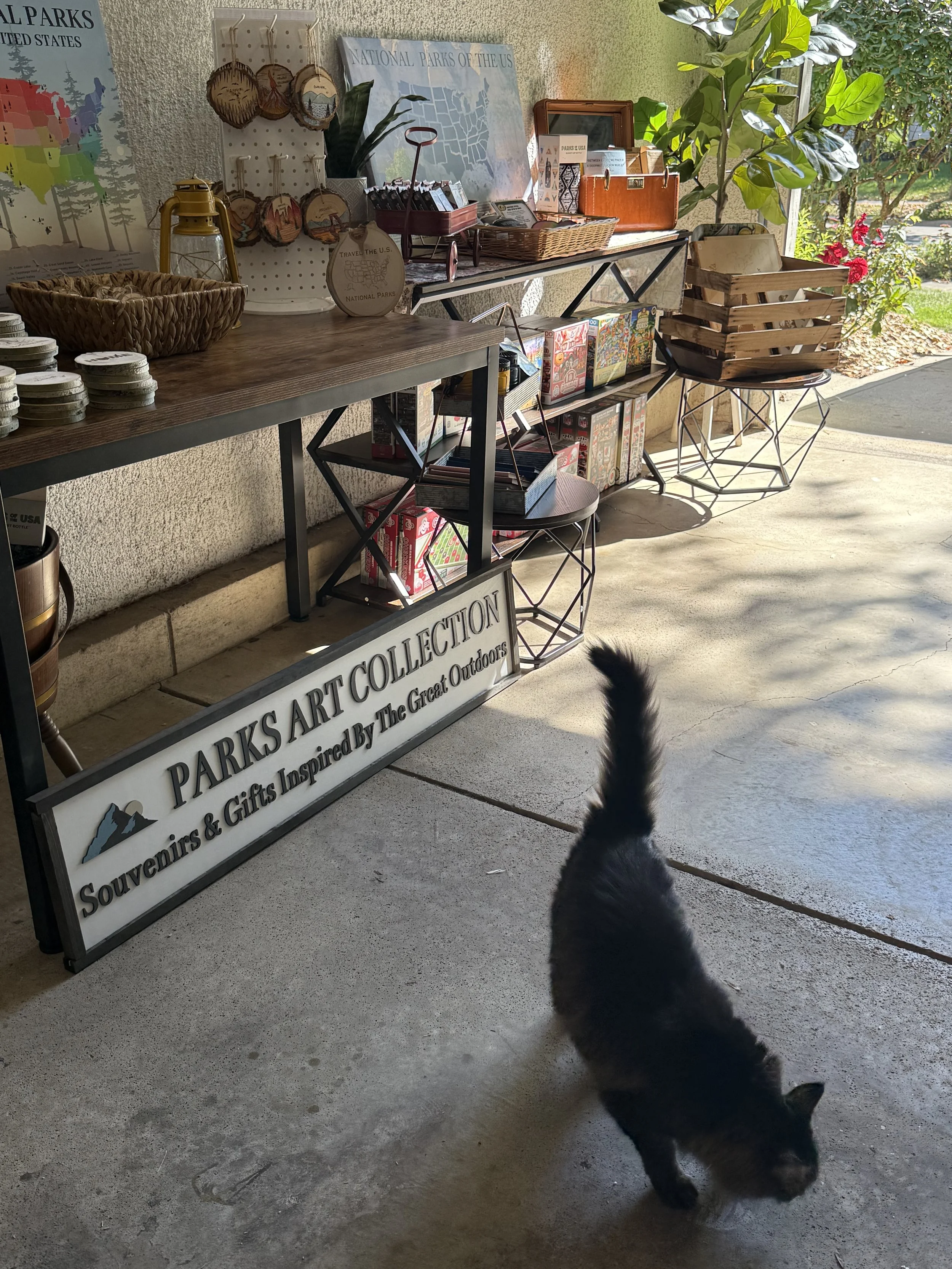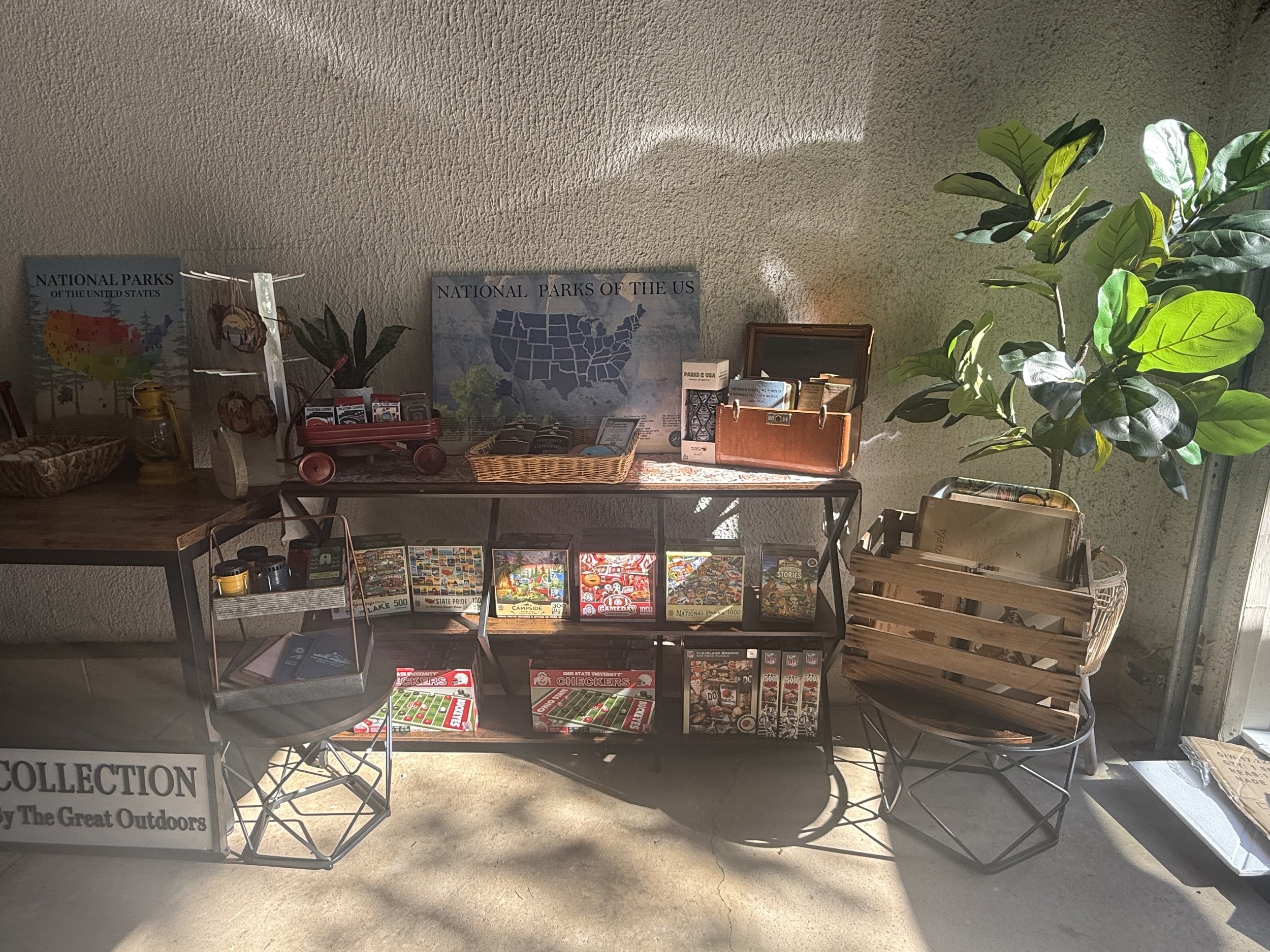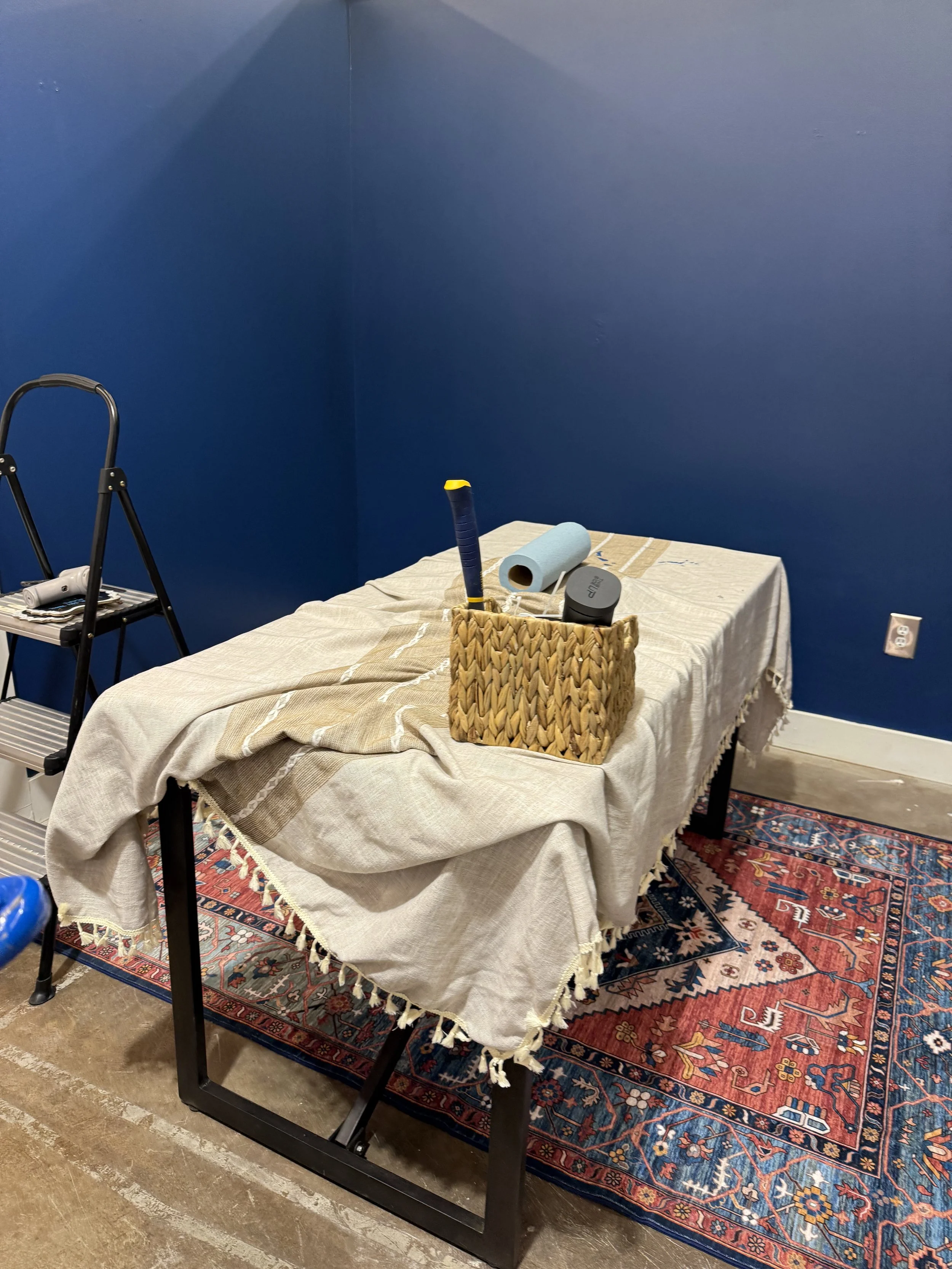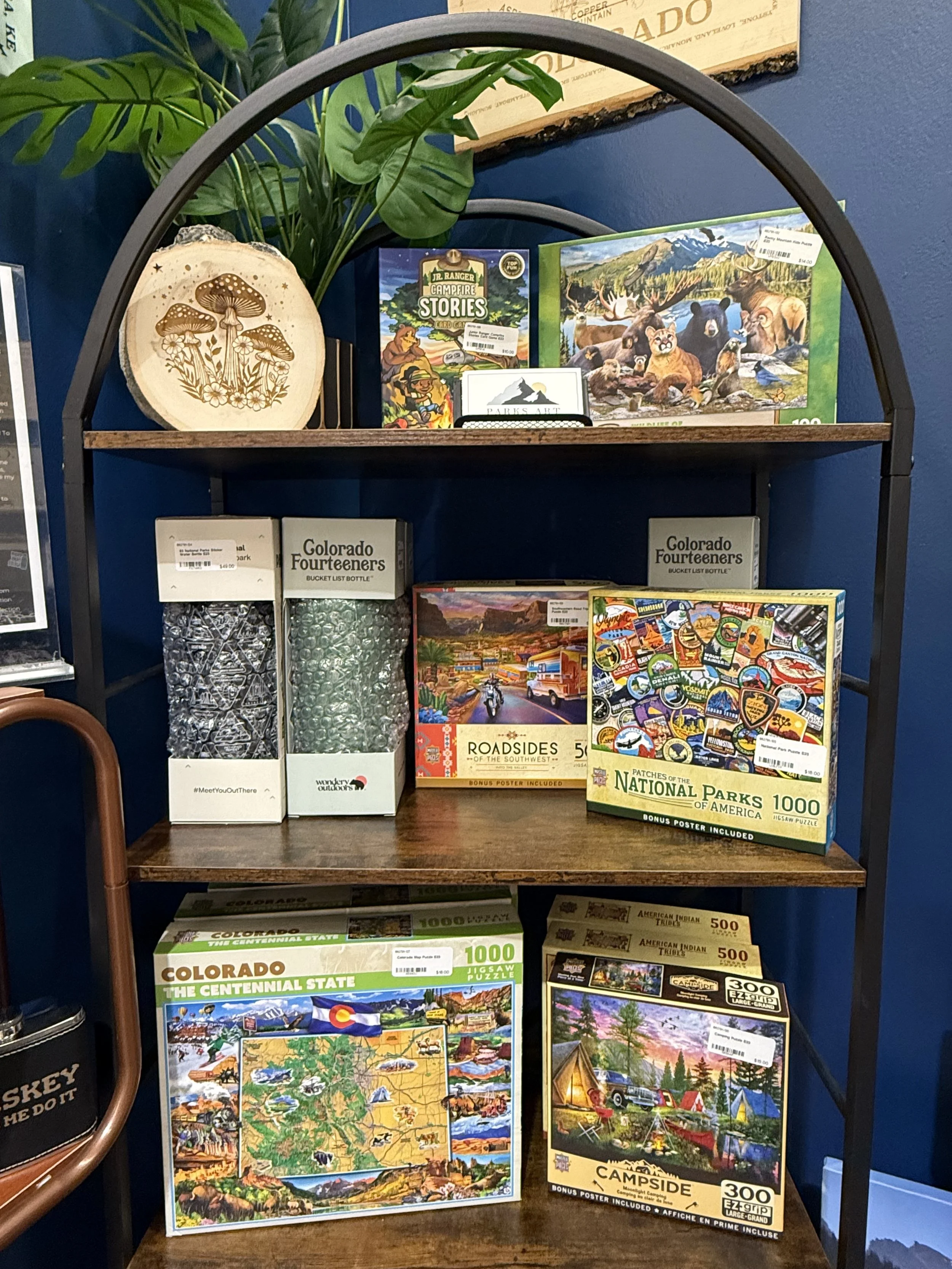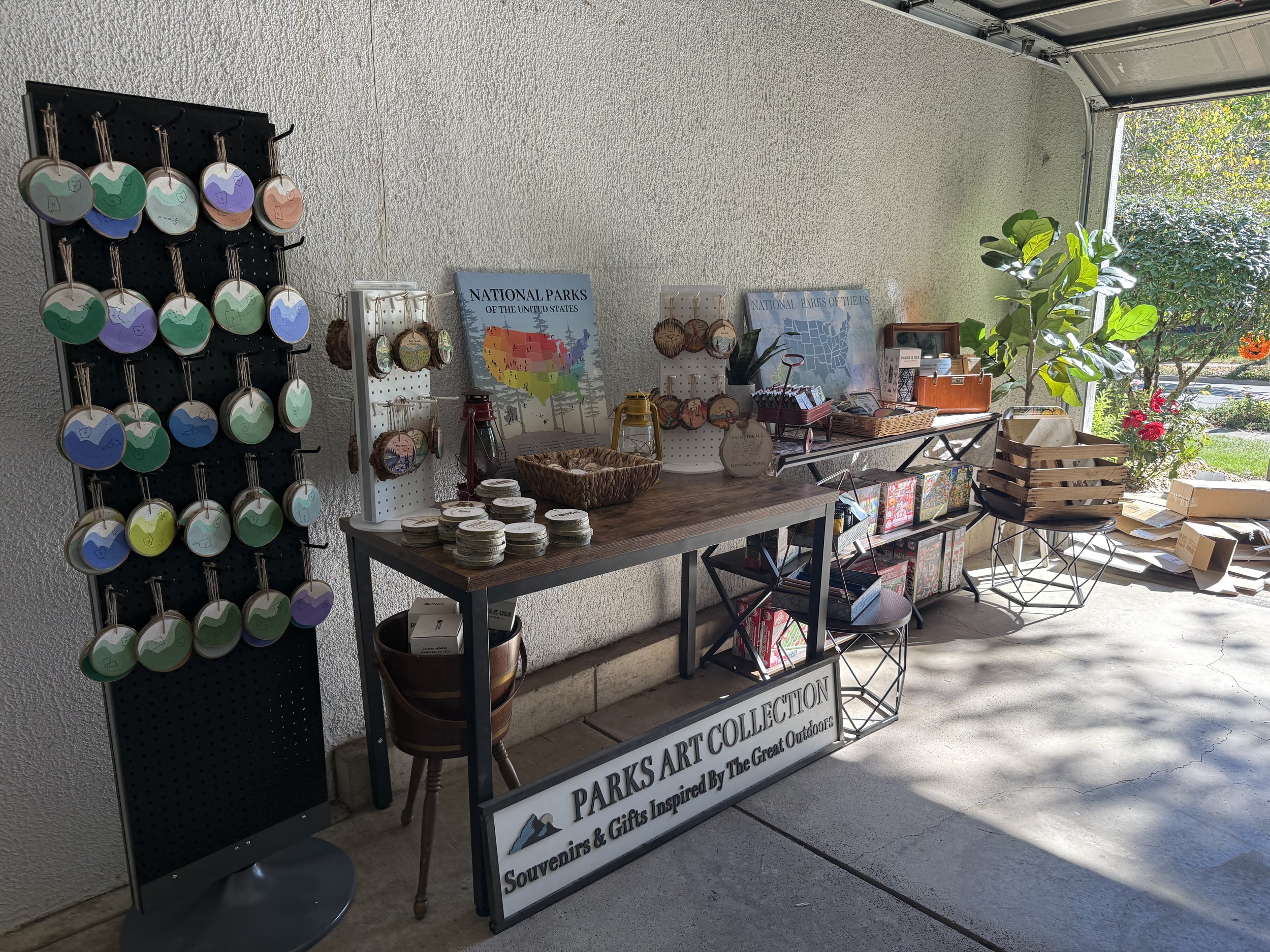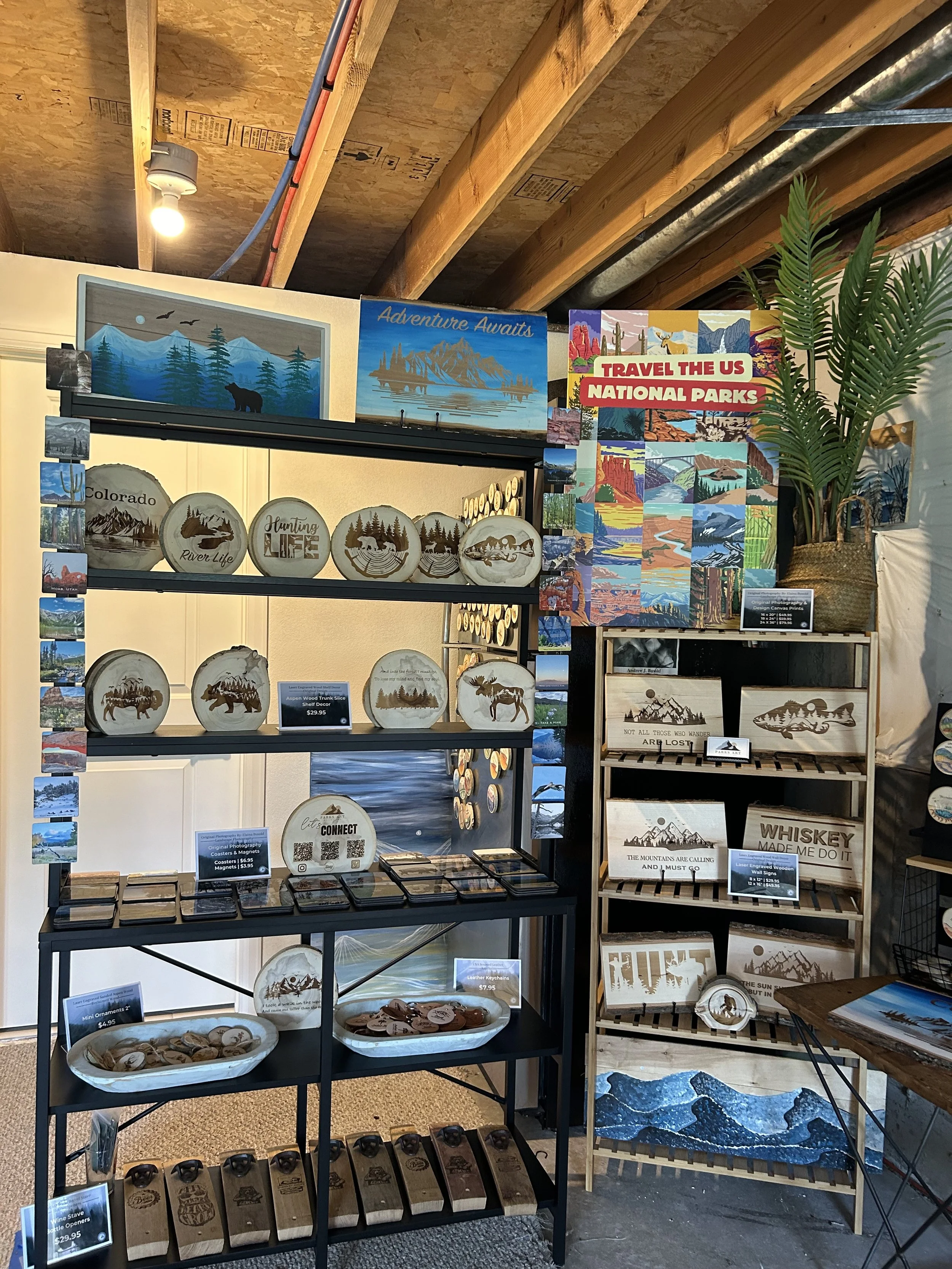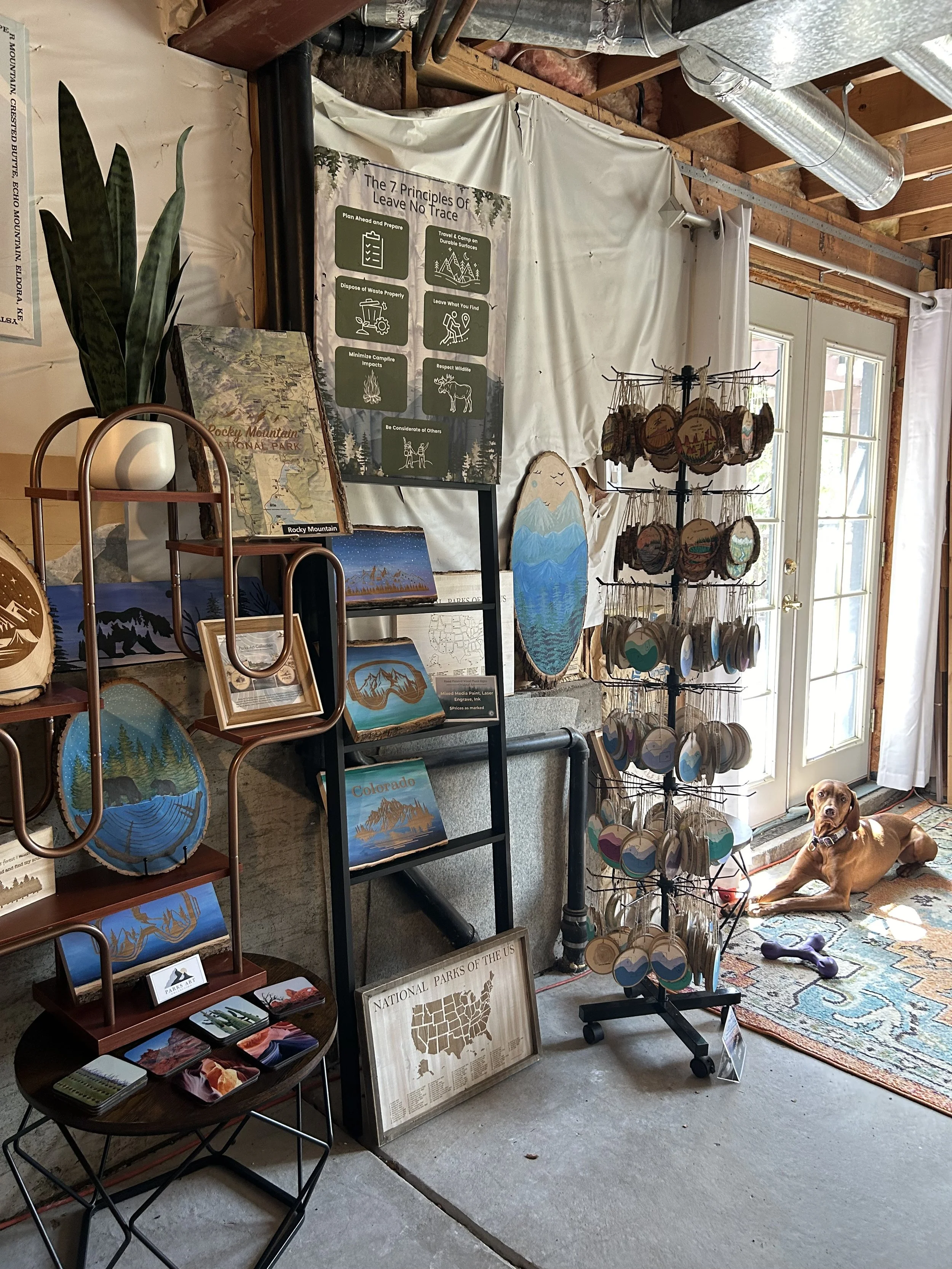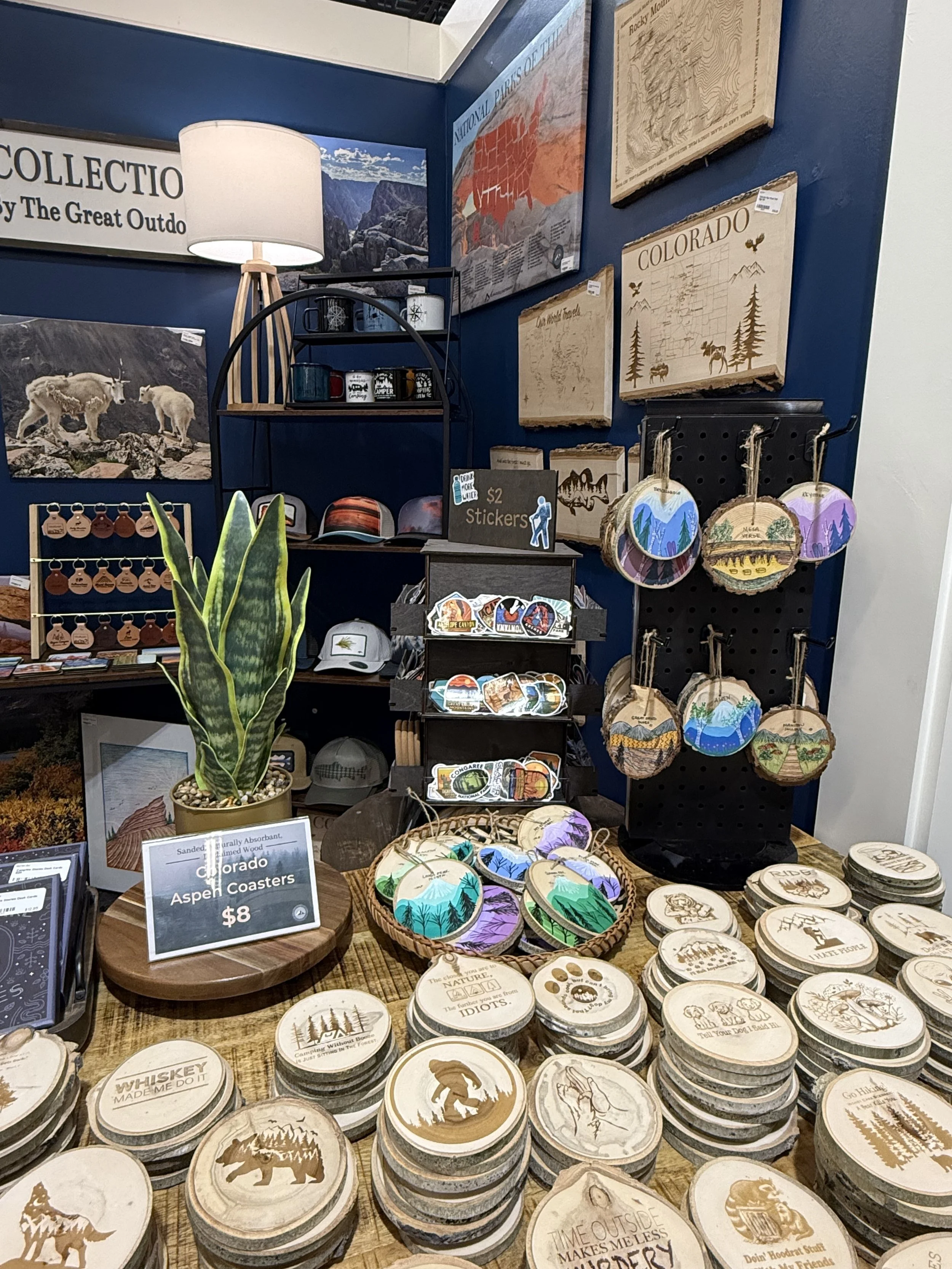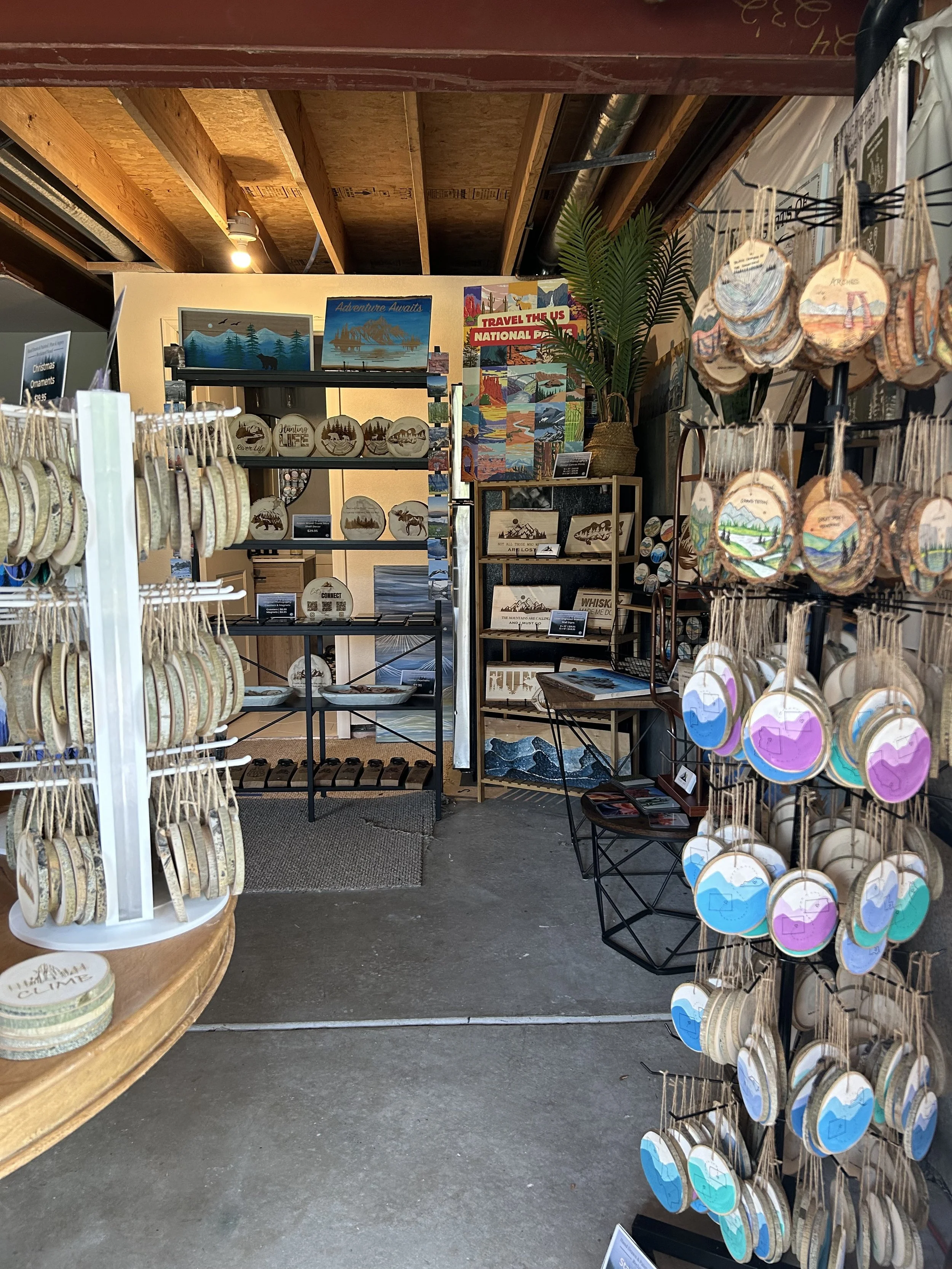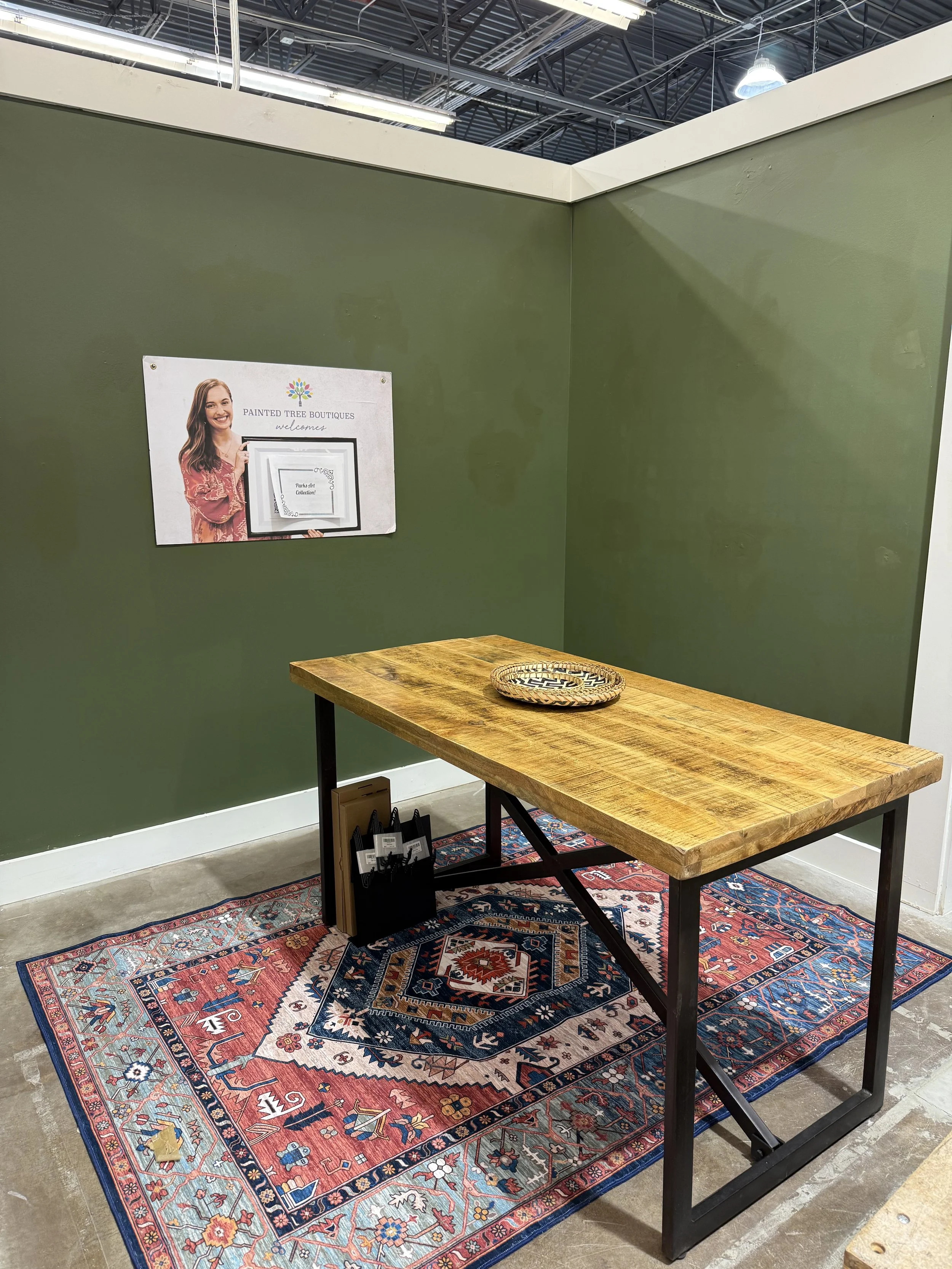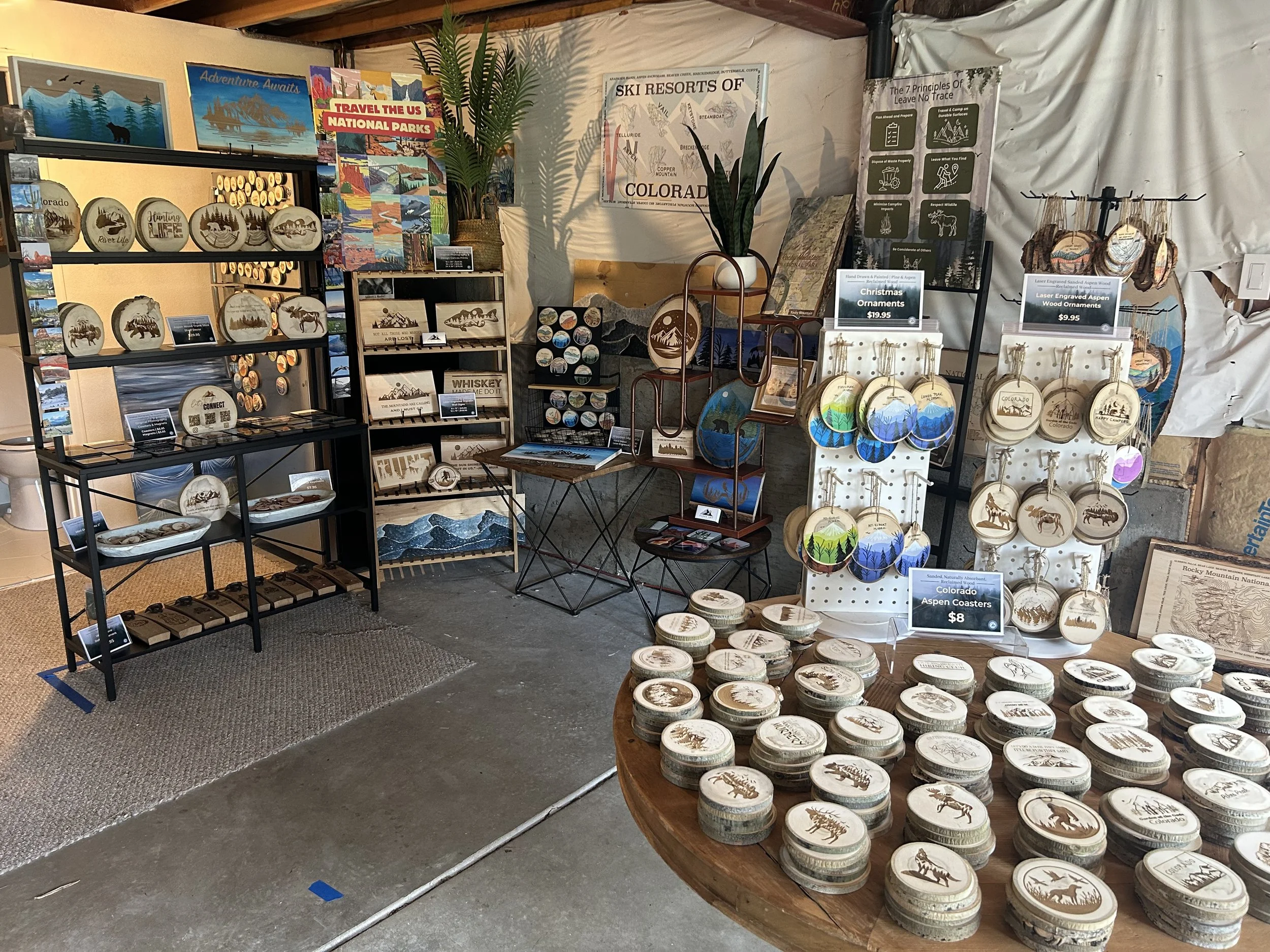Selling at Painted Tree Boutiques: My Honest Experience as a Small Business Owner
Is Painted Tree Worth It for Makers and Small Businesses? A Vendor’s Real Experience
As the owner of Parks Art Collection, a small business that celebrates the beauty of national parks and public lands through hand-painted and laser-engraved wood art, I’m always looking for creative ways to reach more people without losing touch with my roots as a maker.
When I first heard about Painted Tree Boutiques, I was intrigued by the idea — a co-retail space where local makers, artists, and small businesses could have a “mini storefront” without the cost or commitment of a full retail lease. As the owner of Parks Art Collection, I decided to give it a try in November 2024, starting with the Colorado Springs location. Since then, I’ve expanded into Northglenn (March 2025) and will soon be setting up in Lewis Center, Ohio — which happens to be near my mom, brother, aunts, and friends. Since I travel there frequently, it felt like a great opportunity to use those trips “home” as a legitimate business write-off, too.
It’s been a journey full of learning, testing, and growth — both for me personally and for my business. Here’s what I’ve learned so far.
What It’s Like Selling at Painted Tree Boutiques
The Setup: A Bigger Investment Than Expected
When you rent a booth at Painted Tree, you’re essentially creating your own small retail environment within a larger shared space. You pay monthly rent (typically $300–$400) depending on the size of your booth, and Painted Tree also takes 10% of each sale. That fee might sound steep at first, but if you compare it to the costs of a full storefront — rent, utilities, insurance, staffing, marketing — it’s actually pretty reasonable.
That said, the initial setup cost can be surprising. You can’t use simple booth setups like grid walls, folding tables, or pegboards that work great at pop-up markets. Painted Tree wants the space to feel more like a boutique and less like a craft fair. So, I invested around $1,000–$1,500 in fixtures and display elements — real furniture, shelving, bins, signage, lighting, and even a custom wood sign (no vinyl allowed!). I also painted the booth walls to match my brand’s aesthetic, which helped make the space feel cohesive and professional.
Some vendors opt for smaller options like kiosk spaces or shelf rentals, which are significantly more affordable but come with much less retail space. On the other hand, some larger companies rent huge spaces that can cost upwards of $1,000 per month.
Painted Tree also offers a 10% rent discount if you’re in three or more locations — which I’ll soon qualify for. (At least, that’s the current policy; they’ve been making a lot of changes lately.)
How Painted Tree’s Consignment System Works
Once your booth is set up, you enter your products into Consignor Access, the app that tracks all your inventory and pricing. Painted Tree prints the barcoded tags for you, and when a customer buys your product, it gets scanned at checkout and logged under your account. Payments are issued regularly, so it’s a fairly simple system once you get the hang of it.
I personally check in on my spaces about once every other month. That’s honestly one of the biggest perks — my products can sell without me needing to staff the booth or be there every weekend. It’s a low-maintenance way to stay visible year-round, even when I’m busy with wholesale orders, markets, or travel.
The Financial Reality of Selling at Painted Tree Boutiques
There’s a common saying among Painted Tree vendors: “If you don’t owe them money at the end of the month, you’re doing great.” But that’s not the full story.
While it’s true that breaking even on rent is a good sign, you also have to factor in your product costs, time, materials, and display investment. From my experience, here’s a more realistic benchmark:
If you make your own products (like I do), aim to make at least 2–3x your rent each month.
If you resell or curate products, shoot for 4x your rent to cover wholesale costs and your time.
Overall, Painted Tree accounts for about 5% of my annual revenue — so not a major piece of my business, but still a consistent and worthwhile addition. Do I regret it? No, definitely not. But it hasn’t been some secret jackpot either, like some people seem to think.
Learning What Sells (and What Doesn’t)
One of the biggest benefits of being in Painted Tree has been learning what sells without me being present. At markets, I can tell my story and engage with customers directly. But at Painted Tree, my products have to speak for themselves.
For example, my puzzles have consistently done well — they seem to resonate with the Painted Tree shopper demographic. On the other hand, I’ve struggled to move hats in that environment. It’s been an eye-opening way to understand customer behavior when I’m not there to explain or upsell.
It’s also been an exercise in letting go of perfectionism. When you’re running multiple booths, you have to accept that not everything will always look perfect, and that’s okay. The goal is progress, not perfection.
My Results Across Different Painted Tree Locations
Each Painted Tree location has its own personality and traffic patterns.
Colorado Springs has been my strongest location — good foot traffic, friendly staff, and shoppers who appreciate handmade, nature-inspired products.
Northglenn has been more of a challenge with minimal foot traffic and slower sales.
Lewis Center, Ohio (coming soon) feels like a full-circle move for me since it’s close to my family and friends, and it makes travel back “home” feel a little more purposeful from a business standpoint. That said, I’m a little nervous, since booths there haven’t even filled up yet and there’s been a recent CEO change following the sale of the company in September 2025.
The Reality Behind the Aesthetic
One thing I’ve noticed is that every Painted Tree booth looks different. Some are beautifully branded, professional, and thoughtfully designed — others look more like a high school craft fair. That’s part of what makes it interesting and fun to walk through, but it also means that presentation matters. You need a lot of inventory to make your space feel full and inviting. My advice? Don’t jump in too soon — make sure you have the stock to fill your space and the brand story to make it cohesive.
What I Wish I Knew Before Renting a Painted Tree Booth
Before I started at Painted Tree, I tried to research what to expect, but there wasn’t much helpful information out there. Most of what I found were negative Reddit threads telling people to stay far away. I don’t agree with that. I think a lot of small businesses join expecting massive results right away and are disappointed when that doesn’t happen.
If you have an established brand, good profit margins, plenty of inventory, and the ability to take a reasonable risk — it’s worth considering. Before signing up, join Facebook groups for Painted Tree vendors and ask honest questions about specific stores. Success has a lot to do with location, management, and foot traffic, and every Painted Tree is a little different.
Your products also need to sell themselves — meaning they shouldn’t need a big explanation or personal pitch. And yes, theft happens. You can install cameras and complain all you want, but some loss is just part of doing business in retail. I personally wouldn’t recommend selling small, high-theft items like jewelry there.
If your store is already open, take a walk around. Look at which categories are oversaturated before you decide what to bring in. It might save you a lot of frustration later.
Is Selling at Painted Tree Boutiques Worth It?
For me, Painted Tree has been both good and challenging. It provides a steady stream of extra income and keeps my products in front of new audiences, even when I’m not physically there. It’s also been a great testing ground for figuring out what designs and products connect with people outside of my pop-up markets and wholesale accounts.
Would I recommend it? Yes — but with eyes wide open. It’s not a passive income source, and it’s not right for everyone. But if you make your own products, enjoy merchandising, and are willing to invest the time and money into creating a beautiful, self-sustaining booth, it can be a rewarding way to grow your business and brand presence.
My Advice for New Painted Tree Vendors
Budget for setup — expect to invest at least $1,000 before you even open.
Pick your location carefully — ask current vendors about traffic before committing.
Track your margins — don’t confuse gross sales with profit.
Keep your booth fresh — new products and displays drive repeat visits.
Be patient — it takes a few months to find your rhythm and your ideal inventory balance.
Final Thoughts
Painted Tree has given me the opportunity to reach new customers who might never have found my work otherwise. Like any retail adventure, it’s a mix of art, business, and a little bit of trial and error — and for now, that balance works for me.
If you’re researching what it’s really like to sell at Painted Tree Boutiques, I hope this post gives you a realistic picture from someone who’s actually doing it. Every experience is different, but with the right expectations, it can be a great tool for growth.
To learn more about my work or see what I sell in my booths, you can visit www.parksartcollection.com or follow me on Instagram and Facebook @parksartcollection.
Here are some photos of the process from planning, the outside look, to the finished booth look. Feel free to message me with any questions!


